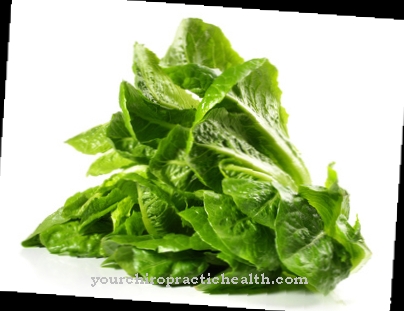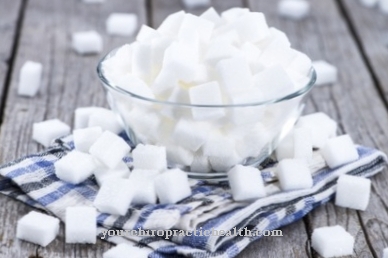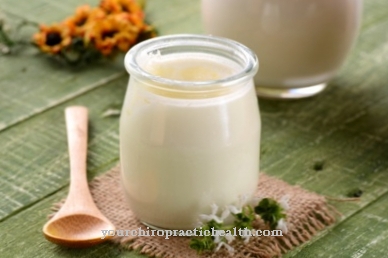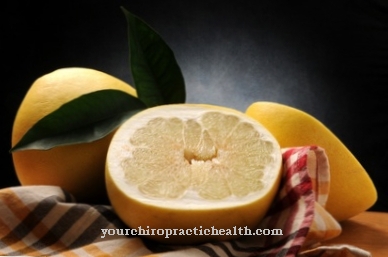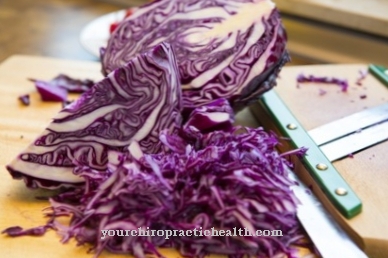The aubergine belongs to the fruit vegetables and the nightshade family. It is originally from India. Typical of the aubergine is the white pulp, which has a slightly spongy consistency and is interspersed with many small seeds.
What you should know about the eggplant

The eggplant, which originated in Asia, was brought to Europe by Arabs, but it was not until 200 years later that it was cultivated for nutritional purposes. First of all, the fruits were grown in Italy, from where they spread across southern Europe.
In Germany they only became famous in the 1970s. Most of the aubergines that we sell come from the Mediterranean countries and North Africa. They need a very warm climate to grow. This is why eggplants only thrive in greenhouses in Germany, while in the southern European countries they mainly grow outdoors. Originally the eggplants were prickly plants with green bitter fruits.
Different varieties have been created through centuries of breeding.While in Germany you can primarily buy the oblong, oval, dark purple aubergines, the range in southern Europe and Asia is much more diverse.
There are orange-red, white, green and green-white marbled eggplants. The shapes are also very diverse. The varieties include spherical, teardrop, cucumber, and serpentine eggplant. In Germany, for example, these types are available in Asian shops. Since the aubergines are grown worldwide and also in the greenhouse, they can be bought all year round. They taste neutral, as they have little taste of their own and only have a slightly piquant aroma. Fruits available in winter come from the greenhouse and are less tasty. A ripe eggplant can reach a length of about eight inches.
Importance to health
The low-calorie and fat-free eggplant is healthy because it has a lot of fiber and has a laxative effect. Therefore, it is also ideal for a diet to reduce weight. Due to the swelling of the fiber in the stomach, the fruits fill up quickly. It is also very healthy for the liver and bladder.
The bitter substances contained have a relaxing, anti-cramping effect and stimulate digestion. the eggplant is also good for cellulite and has an anti-inflammatory effect. It reduces the free radicals that attack the cells. Thus, the aubergine also convinces with cancer-inhibiting properties and also regulates the cholesterol levels. It is rich in copper, manganese and potassium. The latter is important for the nervous system, for example, while copper supports the absorption of iron. Manganese is the component of some enzymes. The caffeic acid in the aubergine has an antioxidant, antimicrobial and anticarcinogenic effect.
Ingredients & nutritional values
| Nutritional information | Amount per 100 gram |
| Calories 25 | Fat content 0.2 g |
| cholesterol 0 mg | sodium 2 mg |
| potassium 229 mg | carbohydrates 6 g |
| protein 1 g | vitamin C 2.2 mg |
The eggplant consists of more than 90 percent water. It is very low in calories. It also contains vitamins B and C, some calcium, potassium, iron, folic acid and carbohydrates. The proportion of fat-soluble fiber can bind harmful LDL cholesterol. The aubergine also has a high content of caffeic acid.
Intolerances & allergies
The eggplant contains solanine. This is the poison of the nightshade family. Therefore, it should never be eaten raw, as the substance can cause stomach and intestinal problems. It is advisable to allow eggplants that are still hard or unripe to ripen first, as this reduces the solanine content. It can then be further processed and heated to destroy the solanine. There is a large selection of healthy recipes.
Shopping & kitchen tips
When shopping, you should make sure that the skin of the aubergine is not too dark, smooth and matt. The green has to look fresh and the aubergine has to give a little under pressure. The seeds and the pulp are ideally light, white in color.
If the seeds or the pulp are discolored brown, this indicates that the aubergine is not fresh or overripe. In the refrigerator, the eggplant quickly loses its firm consistency and becomes sticky. It is therefore advisable to only keep them at room temperature for a day or two. It should not be stored with other vegetables or fruits, for example tomatoes and apples. These give off a gas to which the aubergine is sensitive. Eggplants picked when ripe are generally very delicate.
Since salt removes the bitter substances from the aubergines, the pulp should be salted in before preparation and left to steep for half an hour. Eggplants should also only be processed unpeeled so that the minerals and vitamins that are in the shell are preserved. The same applies to the aroma as well. However, the fruit should always be washed thoroughly before preparation.
Preparation tips
The aubergine can be boiled, fried, deep-fried, grilled, baked or steamed as a vegetable. The preparation of the aubergine is quick and easy: it is washed and the goblet and stem are cut off. The pulp is always drizzled with lemon juice or vinegar immediately after the fruit has been cut in half, otherwise it will turn brown. To hollow out eggplants for fillings, the pulp can be cut into lozenges and removed.
The eggplants taste a bit neutral on their own. Therefore, they should be prepared together with other ingredients and spices, for example with paprika, tomatoes, garlic, spicy cheese or curry. Eggplants are very variable in preparation. The eggplant, which is filled with minced meat, rice or mushrooms, is a classic. They are also tasty as a casserole and together with zucchini as a healthy, Mediterranean vegetable side dish. They are also popular with a salad or stew. The ratatouille is a special delicacy. It is a popular stew in France. If they are breaded and fried in slices, you get delicious vegetarian schnitzel.
In Turkey, the eggplant is used for the Imam Bayildi vegetable dish. It is braised and stuffed with tomatoes and onions. The eggplant also goes perfectly with meat and fish. With a strong seasoning with garlic, lemon juice, onions, pepper, basil, oregano and much more, a delicious treat can be conjured up from the vegetables when cooking. The low calorie content of the fruit naturally suffers a little due to the preparation with fat, but olive oil and eggplant simply form a unit.
Regardless of whether it is braised, filled, gratinated, fried, deep-fried or boiled, the mild pulp of the aubergine goes very well with any other ingredient and any spice. When consuming an aubergine, however, it should always be noted that it should never be eaten raw due to the bitter substances it contains.

